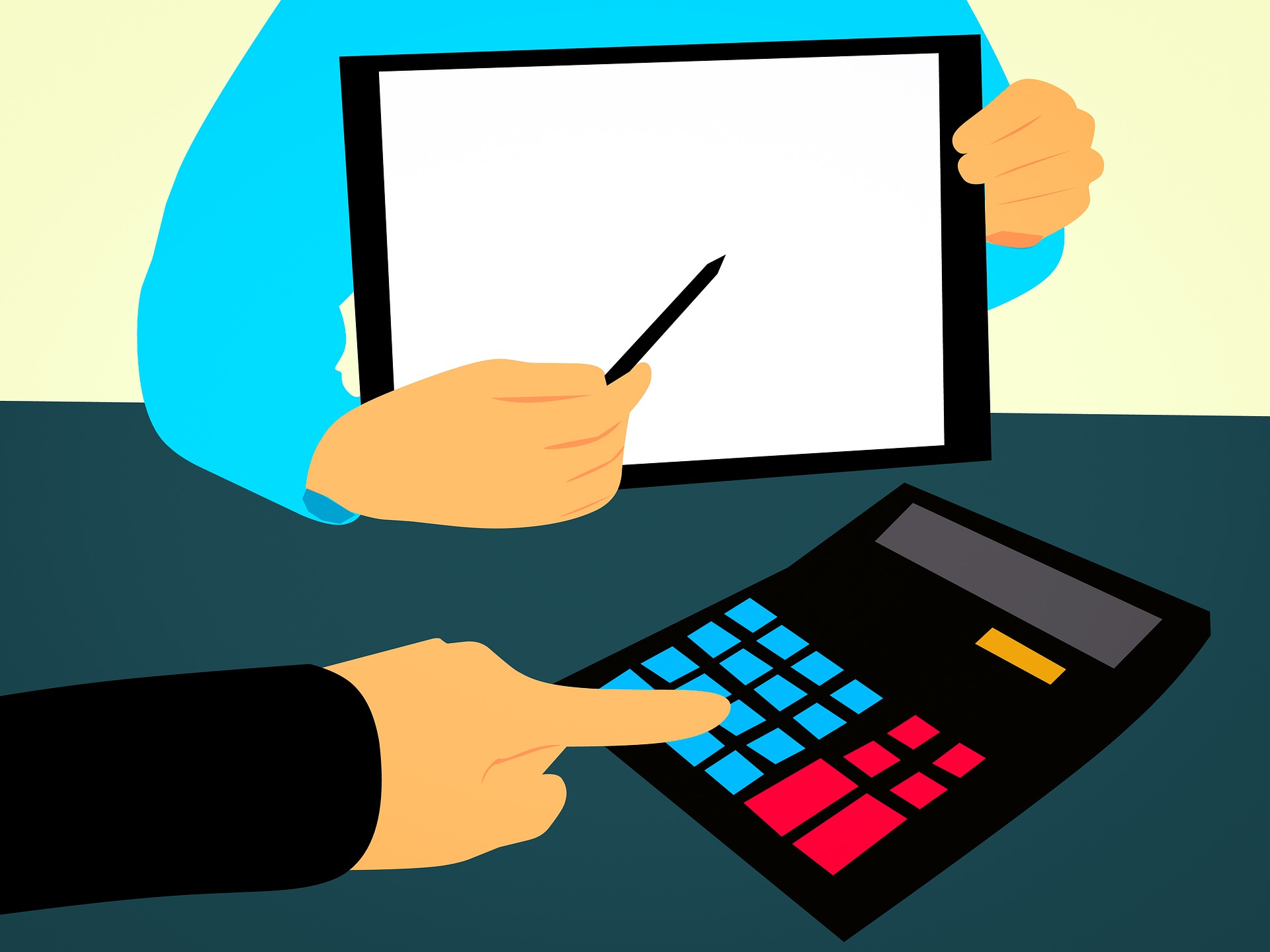Technology has undoubtedly made a huge impact on our everyday lives. There are new innovations that are unveiled practically every minute and it can be hard to keep up. The rise of the internet has replaced traditional newspapers and other print media as sources of information. Millions of people now rely on online news sources such as Yahoo and Twitter on getting their news. The transportation sector has also transformed from using the yellow cabs to Uber and Taxify. Purchasing of goods and services is now through electronic payments via credit and debit cards. The financial industry has also been affected by this transformation. The rise of digital advisors has resulted in cheaper and more efficient ways of offering financial advice to investors. These offer automated financial planning with different levels of human engagement. An investor will surely appreciate such engagement.
The Difference Between Robo Advisor and Digital Advisors:
A robo advisor uses algorithms and model portfolios relying on certain information that has been obtained from the client. While others may find robo advisors attractive due to their low cost, there is minimal human interaction. There is more focus on investment allocation but minimal focus on financial planning. Making life’s big decisions such as buying your next house or paying for college requires a lot of careful planning. In this instance, there is no one to hold your hand as you contemplate about making these changes in our life.
A digital advisor is a combination of a traditional financial planner and a robot advisor. This affords an investor the ease and convenience of accessing a personal human advisor. These can be reached via phone or chat. The advice offered by digital advisors goes beyond investment options. Since users have real-time access to an actual financial planner, they can talk to someone about their specific needs and work together to come up with a plan that is based on their current situation.
Which One is Right?
There are Robo advisors who are fully automated and have low fees. These provide investment planning to investors. On the other hand, digital advisors offer a combination of this automation and a touch of the human element. Financial advice is also provided. It is important for you to know how these function so that you know which one to choose if you are considering these options. Here are some options to choose from who are considered the well-known players in this space:
- Wealthfront: this automated service has over $1 billion in client assets and thus considered the world’s largest investment service. There is very little human interaction. The first $10,000 in assets management do not attract an advisory fee. Amounts that are higher than this attracts a monthly advisory fee at the rate of 0.25%. The minimum investment amount is $5,000.
- Betterment: there is also very little human interaction on this service. Just like the previous platform, the process if Betterment begins by clients being asked a series of questions and then an investment plan is recommended. A monthly portfolio fee of 0.35% and this amount decreases the more the balance grows. There is no minimum investment.
- Learnvest: although this platform does not manage investments, clients can contact a Certified Financial planner whom they can contact by phone or email and ask questions. A %19 monthly fee is charged.
- Personal capital & Wela: these two digital advisors have very similar offerings. For instance, both offer free financial advice to their users. You can receive advice pertaining to all things finance and be assisted to set up a unique game plan based on your specific situation. Users are also free to use all the financial planning tools available at the site at no extra cost. A management fee of less than 1% is charged to users who are connected to a personalized wealth management advisor. A similar program at Wela ensures that a user is charged only when he decides to become a client.
If you have your doubts about putting your money with a fully automated system, why not go for a digital advisor that provides you with unlimited access to a financial planner while at the same time providing online convenience so that you are assured if a partner to guide you in making big decisions in life.
How They Work:
You do not have to rely on a human to discuss your financial goals and expectations. These interactions go on through a website. You will fill out a questionnaire that helps these sites to assess your current financial situation, risk tolerance and goals. The firms will use this information to develop manage and also suggest an asset allocation.
Other firms will operate by investing your money in mutual funds and exchange funds. These are passively managed funds. Other firms will be willing to invest in individual stocks although this does not happen so often. Once your portfolio has been constructed the digital advisor will rebalance it on different situations so that you can maintain your target asset allocation.
There are some cases where you will not need to fully rely on a digital platform to offer advice. Some elements of the advisor model are mixed with a human advisor. Therefore instead of relying on your response to the given questionnaire, you will be interviewed over the phone or video. You can also access a human advisor via video conferencing.
These websites rely on their own algorithms to determine what would be a good fit for you as asset allocation. Depending on the firm, some will be more or less aggressive in their suggestions. Investors have found these websites to be truly valuable in a fast-paced world where many lack the time or interest to manage their own savings or investments. Advanced technology makes it possible for investors to be comfortable in a web-based relationship which assists them to allocate their asset and online portfolios. It has truly changed the way business is done.
Read Also:






















